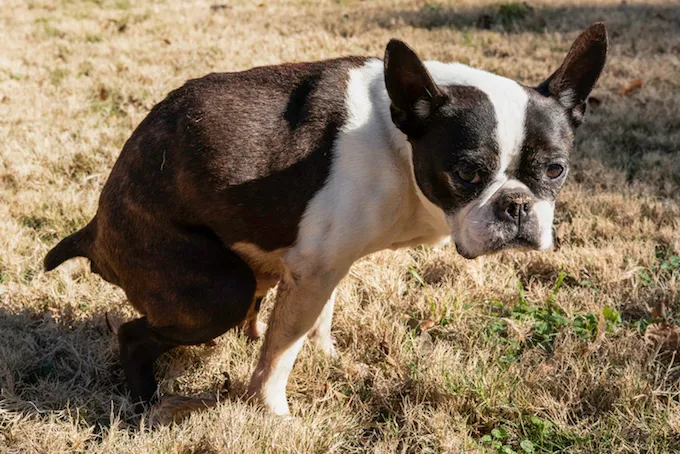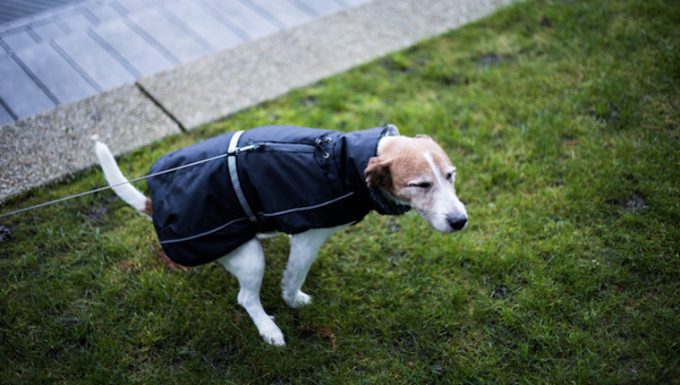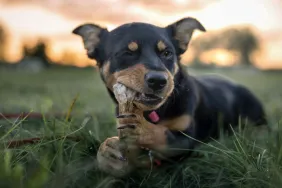Narrowing of the anal or rectal opening in dogs happens when the anus is constricted by scar tissue. The condition can be caused by injury or inflammation.
Usually, the condition causes pain and problems with pooping.
Technically, the condition is also known as rectal stricture in dogs.
If you see the signs of the condition in your dog, then get to a veterinarian for a proper diagnosis and treatment.
Here’s what you should know about the symptoms, causes, and treatments for the condition.
Symptoms of Narrowing of the Anal or Rectal Opening in Dogs
The condition produces a number of symptoms. For example, some of the most common symptoms include:
- Constipation
- Pain
- Problems being able to sit
- Diarrhea
- Poop with blood
- Poop with mucus
- Very small poops
Causes of Narrowing of the Anal or Rectal Opening in Dogs

The cause of the condition can be a range of things. For instance, some of the most common causes include:
- Injuries to the area (including traumas)
- Foreign objects trapped in the anus
- Fungal infections
- Perianal fistula
- Parasitic infections
- Cancer
- Surgery
- Inflammation of the area
Treatments for Narrowing of the Anal or Rectal Opening in Dogs
Firstly, your vet will ask about your dog’s symptoms. Secondly, your vet will ask about your dog’s full medical history.
Thirdly, your vet will ask about any recent situations or circumstances that could have caused the condition.
Fourthly, your vet will carry out a full physical examination. Also, blood and urine tests will be taken. Special attention will be paid to the area around your dog’s anus. Your vet will look out for any signs of inflammation.
Additionally, X-rays can be helpful in diagnosing the condition.
Generally, treatment will focus on allowing your dog to poop more freely. Your vet might recommend an enema. Additionally, laxatives and stool softeners can be tried.
If there is an infection or inflammation, antibiotics or anti-inflammatory medication will be used. As always, if your vet prescribes your dog any medicine, make sure to stick to the correct dose and frequency instructions. Also, complete the full course of medicine.
Additionally, a process called balloon dilation therapy can be considered. This process will widen your dog’s anus opening.
Finally, while your dog is recovering at home, it is important to keep a look out for any signs of the condition returning. Contact your vet is this happens.
Have you ever cared for a dog who suffered from this condition? How did your vet help your dog recover? Let us know in the comments section below.









